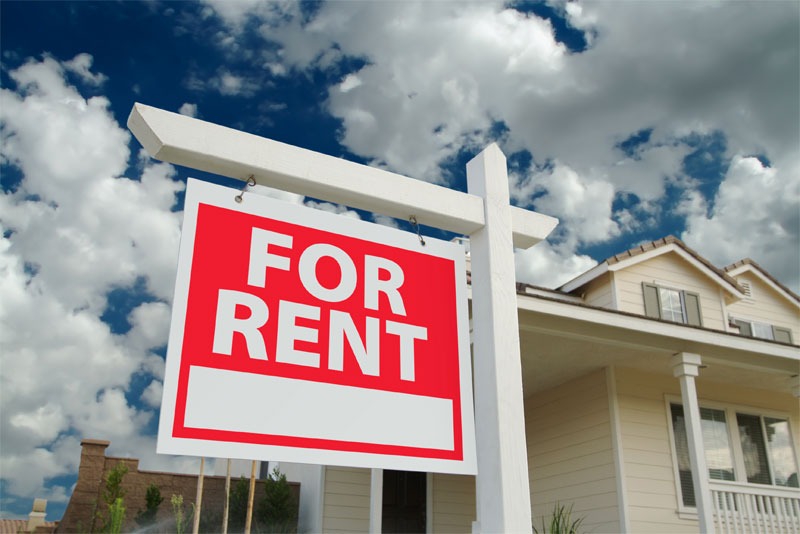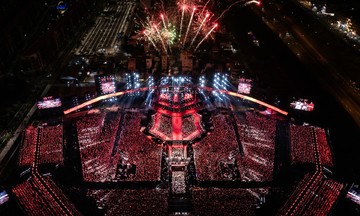Bernadette Joy, founder of the personal finance platform Crush Your Money Goals, once owned four properties as investments and residences. Two years ago, she sold them all and moved into a two-bedroom, 111-square-meter rental apartment in Charlotte, North Carolina, for 2,500 USD per month.
As a homeowner, Joy spent about 3,400 USD monthly, including 750 USD on maintenance, repairs, property taxes, and insurance. She found homeownership costly and time-consuming, dealing with repairs, maintenance, and other issues. Renting cut her time commitment in half, allowing her to focus on her business and personal goals.
The proceeds from selling her four homes were invested in high-yield savings accounts, generating passive income that covers her living expenses, including the 2,500 USD rent. “This decision has brought me peace of mind and allowed me to pursue a minimalist and free lifestyle," she said.
 |
Self-made millionaire Bernadette Joy. Photo: CNBC |
Self-made millionaire Bernadette Joy. Photo: CNBC
A growing number of American millionaires, like Joy, are choosing to rent. In a volatile market, homeownership is no longer a top financial priority. From 2010 to 2015, the number of millionaire renters tripled. The Wall Street Journal reports that from 2018 to 2022, a record 10.5% of households earning 750,000 USD or more chose to rent.
This decision is often driven by four factors: high housing costs, better investment opportunities, lifestyle flexibility, and market uncertainty.
A Freddie Mac survey late last year noted a shortage of 3.7 million housing units in the US. This scarcity makes renting attractive for millionaires, especially when suitable properties are unavailable or require costly and time-consuming construction.
With the increasing demand for employees to return to the office, especially in high-paying positions, some, including millionaires, prefer not to be tied to a fixed location. Renting offers the flexibility to relocate for career opportunities without the hassle of selling a home, a process that can take months. According to HomeLight, homes for sale spend an average of 66 days on the market, excluding closing and moving time.
 |
The percentage of US households with incomes of 750,000 USD or more choosing to rent reached 10.5%, a record high in the period 2018-2022. Photo: Corpnet |
The percentage of US households with incomes of 750,000 USD or more choosing to rent reached 10.5%, a record high in the period 2018-2022. Photo: Corpnet
George Goognin, an entrepreneur with a net worth of three million USD, rents a luxury apartment in a high-rise building in Manhattan, New York, for 19,000 USD per month.
“Buying a home right now isn't a sensible choice," he said. His apartment is in a luxury complex with a gym, indoor pool, and shared workspaces, offering a convenient lifestyle without the burdens of property management or maintenance.
Goognin travels frequently for work and appreciates the flexibility that renting provides. He can easily move to another city without the obstacles of selling a home or dealing with real estate procedures.
“Renting gives me the flexibility to focus on my work," he said. "I don't have the burden of being tied to a fixed location.”
Ngoc Ngan (According to Kiplinger, CNBC, NY Times)












